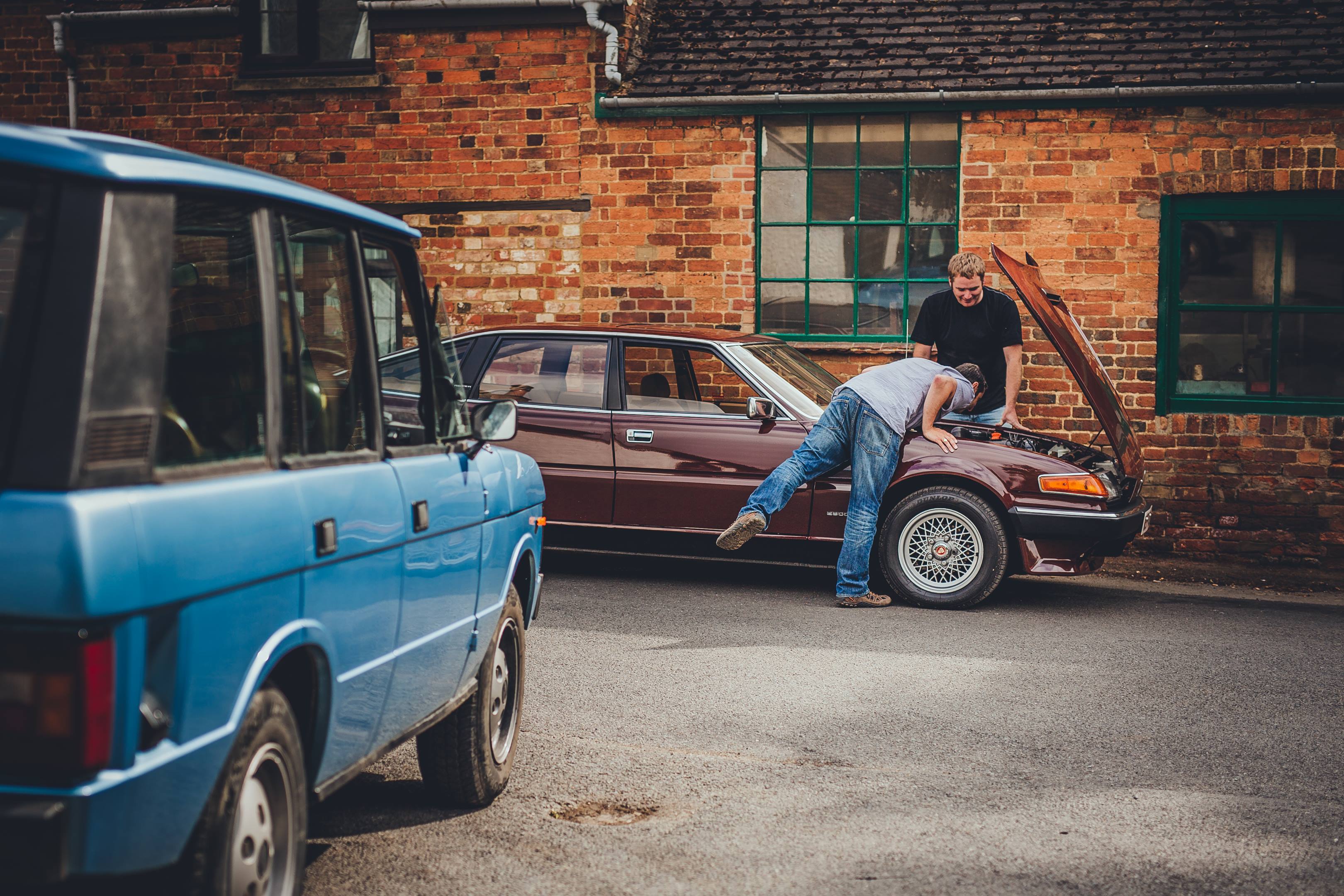Should you be worried about asbestos in cars?
Australia is stepping up its enforcement of a ban on asbestos entering the country, causing significant headaches for classic car owners and buyers. The Australian Border force, which polices the ban that began in 2003, has already seized more than 50 classic vehicles this year. Ranging from Mustangs to Jaguars, a majority of the vehicles caught originated from the U.S.
According to the Border Force’s factsheet on asbestos, Australia is one of the few countries with a full ban on asbestos and asbestos-containing materials. Individuals importing goods can face more than $3000 per offence, but that’s cheap compared to other related penalties. If the Border Force suspects asbestos is present on a vehicle, the importer must pay for the testing of suspicious parts and their possible replacement prior to the vehicle clearing customs. With fees totaling more than $20,000 and months-long timeframe to clear all the hurdles, the issue should not be taken lightly.
Asbestos is mainly found in gaskets, brake pads, and linings, along with clutch materials for classic vehicles. Even some undercoating can contain this hazardous material.
These asbestos-containing parts are still available to U.S.-based enthusiasts, due to a more lax stance regarding the import and distribution of asbestos. Most reproduction parts for classic vehicles do not contain asbestos. Preservation cars or new old-stock parts, however, can be a cause for concern if not handled properly.
The main risk in handling asbestos is that the fibers can become airborne, and some types of asbestos are a known carcinogen in the lungs. Those working on classic vehicles should follow Occupational Safety and Health Administration guidelines on properly protecting themselves from the long-term effects of asbestos exposure.
While Australia has a renewed concern for public safety, American enthusiasts continue to have relatively easy access to asbestos-containing parts for the sake of affordability and correctness. It is up to us to ensure that we are maintaining a safe environment when we enjoy our classics, whether we’re working beneath them or driving them.
When it comes to working on your classic car, are you worried about asbestos? Let us know in the comments below.


